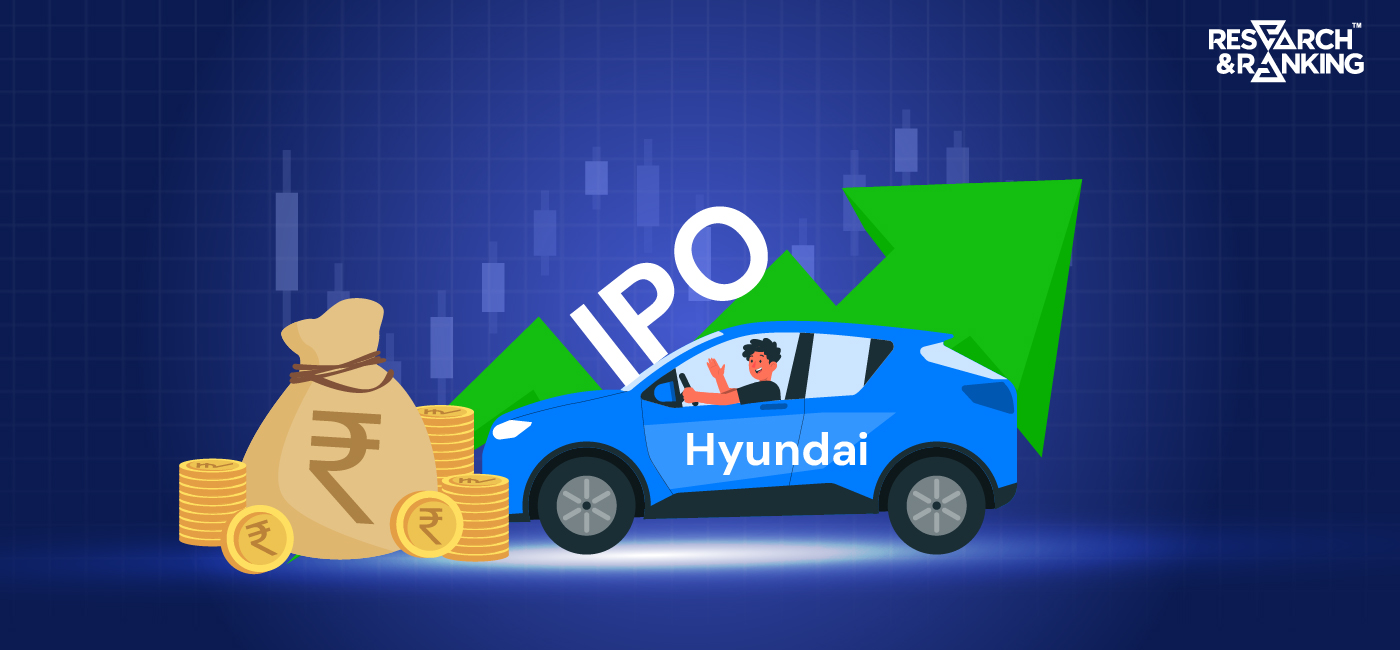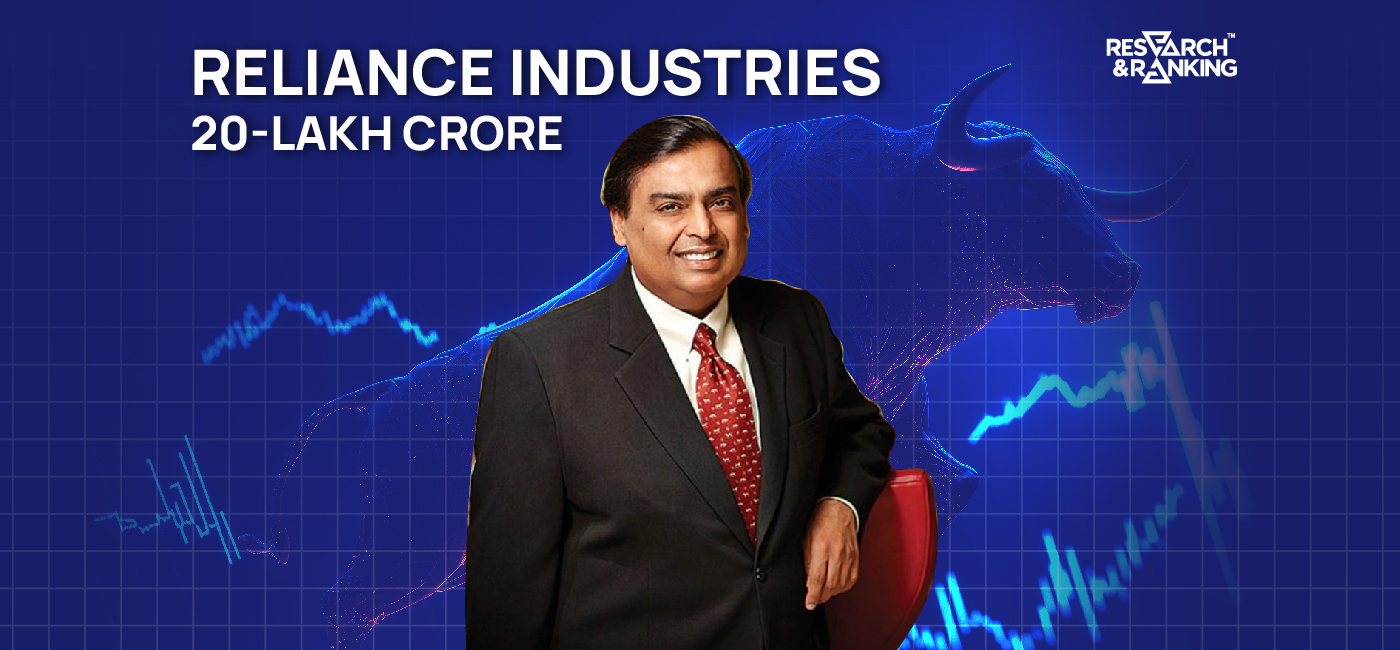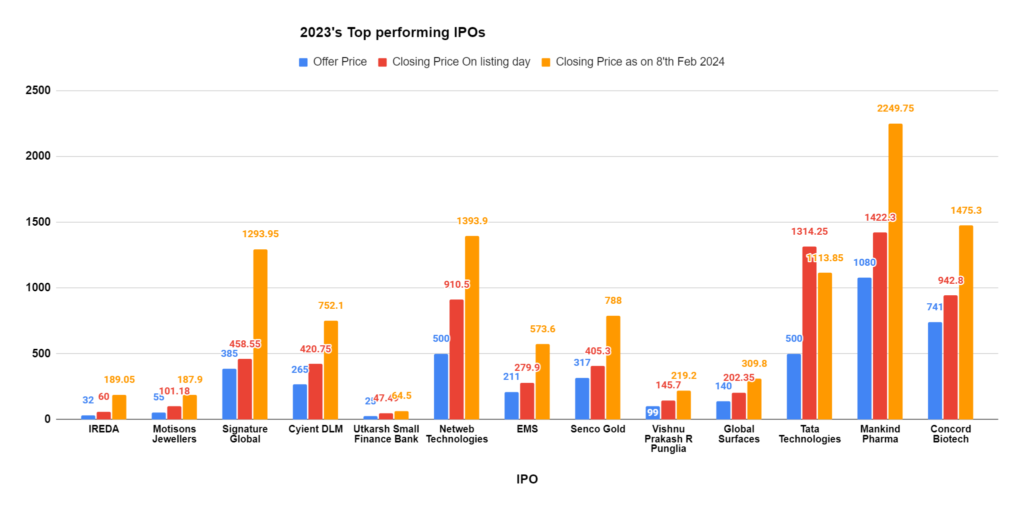Who doesn’t want their savings to be secure and grow simultaneously? As we carefully choose the banks we deposit our hard-earned money, here’s something to bring some cheer. Public sector banks (PSBs) have extended their winning streak for the third consecutive day, with many reaching new record highs.
This upward trend is driven by various factors, creating a positive outlook for the sector. All 12 banks in the Nifty PSU Bank index experienced gains.
New Records Achieved
As several leading PSBs saw significant stock price jumps on Thursday, Bank of India Punjab and Sind Bank were at the forefront, with gains of 5.8% and 5.3%, respectively. Here’s what the numbers look like for these and other players:
- Canara Bank: The shares jumped to reach a new high of ₹594.7 each, increasing by almost 5%. The stock has risen continuously since the bank shared its Q3 results on January 24, gaining more than double (104%) in a year.
- Bank of Baroda (BoB): Similarly, Bank of Baroda’s shares reached a new high of ₹277 each, increasing by 3.5%. The bank’s shares have consistently risen since the Q3 results were announced.
- State Bank of India (SBI): Shares of State Bank of India (SBI) went up by 2.43% to reach a new highest price of ₹761.5 each during today’s session. According to a recent report by Motilal Oswal, a local brokerage firm, they still recommend buying SBI shares and set a target price of ₹860 each.
- Bank of Baroda (BOB): In the final week of January, BoB shares surged by 12.40%, marking the most significant weekly increase since February 2021. Since the beginning of CY24, it has risen by 19%.
5 Reasons for the Upward Trend
Several key factors are contributing to the current rally in PSB stocks:
1. Strong Financial Performance:
- Q3 FY24 saw impressive results for many PSBs, with solid profit growth and improved asset quality.
- According to data reported by PTI, the combined profit of 12 PSBs jumped 3.84% to ₹30,297 crore compared to the previous year.
- This positive financial performance shows the improved health of the sector and prepares well for future growth.
2. Attractive Valuations:
- Compared to private banks, PSBs are currently trading at lower valuations, making them appear more attractive to investors.
- The valuation gap offers a chance for prices to go up later. As PSBs do better and narrow this gap, there’s a big chance for prices to increase.
3. Government Initiatives:
- The Indian government has implemented various measures to support PSBs, including capital infusions and reforms.
- These initiatives aim to strengthen the sector and improve its efficiency, enhancing investor confidence.
4. Economic Growth:
- The Indian economy is projected to grow steadily in the coming years, creating a favorable environment for businesses, including banks.
- This expected growth presents many opportunities for PSBs to expand their loan portfolios and increase profitability.
5. Focus on Retail Banking:
- Many PSBs are actively expanding their retail banking operations to tap into a growing consumer base.
- This shift towards retail banking is expected to drive future growth and profitability for the sector.
Here’s a list of all 12 PSU banks listed on the National Stock Exchange (NSE):
NSE PSU Bank List To Know
- Allahabad Bank
- Bank of Baroda
- Bank of India
- Bank of Maharashtra
- Canara Bank
- Central Bank of India
- Indian Bank
- Indian Overseas Bank
- Punjab National Bank
- State Bank of India
- UCO Bank
- Union Bank of India
In the first nine months of this fiscal year, PSB’s total profit surged by 40.17%. to a huge ₹ 98,358 crore, up from ₹70,166 crore last year. This remarkable growth wasn’t just for one period. Q1 and Q2 showed steady profits, with ₹34,418 crore and ₹33,643 crore earned respectively. This consistent growth could be a reason for you to feel confident and interested in this sector.
Know more about
IPO | Current IPO | Upcoming IPO | Listed IPO
*Disclaimer Note: The securities quoted, if any, are for illustration only and are not recommendatory. This article is for education purposes only and shall not be considered as recommendation or investment advice by Research & Ranking. We will not be liable for any losses that may occur. Investment in securities market are subject to market risks. Read all the related documents carefully before investing. Registration granted by SEBI, membership of BASL, and certification from NISM in no way guarantee the performance of the intermediary or provide any assurance of returns to investors.

















